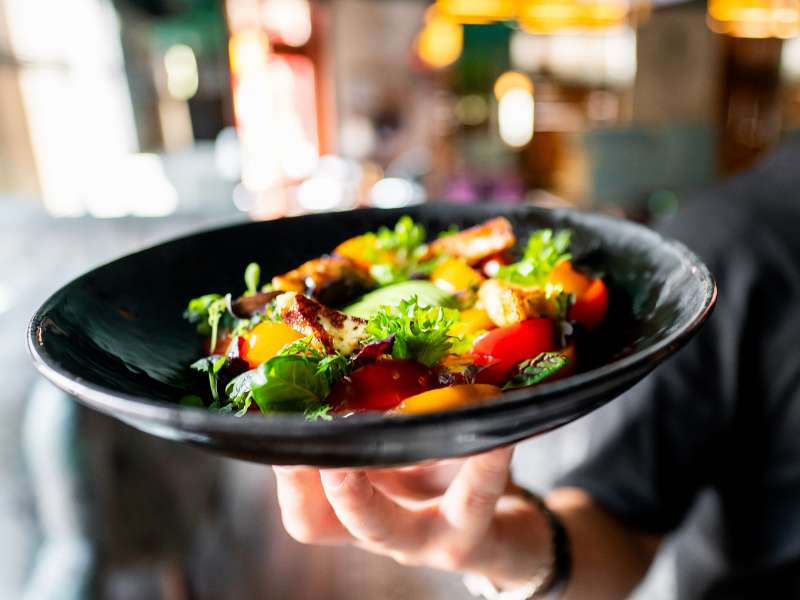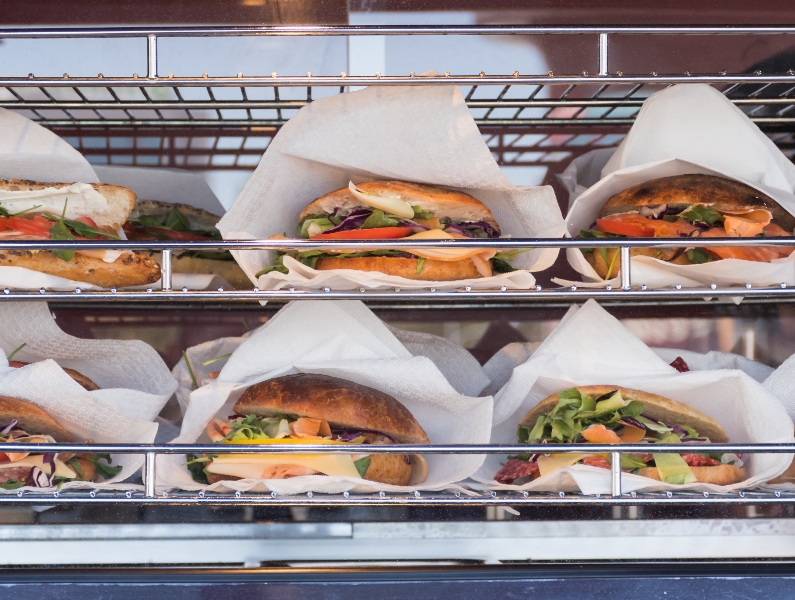According to the federal government, about 1 in 6 Americans experience some kind of foodborne illness each year.
That’s about 48 million cases. No restaurant wants to be responsible for making someone sick. This month, focus on food safety education for your staff to help keep your guests (and your business) healthy.
At-Risk Groups
Anyone can experience food poisoning, but these are the groups considered most at risk:
- Pregnant and nursing women
- Adults 65 and older
- Children 5 and younger
- People with compromised immune systems
Food Safety
Follow these steps from the FDA to improve food safety:
- Clean - Wash hands and surface areas often, using clean water and soap. Rinse fresh fruits and vegetables under running water and clean off the lids of canned items before opening.
- Separate - Separate raw meats and eggs from other foods from purchasing, to storing, to prep. Use separate cutting boards and containers for meat and vegetables, and clean boards between tasks.
- Cook - Cook foods to their proper internal temperatures and use a thermometer to ensure you’ve reached the correct temperature. Be aware of the Temperature Danger Zone (40°F to 140°F) and keep cold foods below 40° and hot foods above 140° to keep diners safe.
- Cool - Refrigerate meat promptly and store below 40°F in the refrigerator. Keep a log of refrigerator temperatures to make sure a consistent temperature is maintained. Keep frozen foods below 0°F.
Common Food Allergies
In addition to understanding foodborne illnesses, cooks and servers must be aware of common food allergies. According to the FDA, “Approximately 90% of food allergy reactions occur to one of eight common foods in the U.S. called “The Big 8.” These foods include: Milk, eggs, peanuts, tree nuts, fish, crustacean shellfish, wheat and soy.”
Keep track of ingredients used to prepare dishes and make the information available to FOH staff, so that they can advise diners on dishes that are dietarily safe.
To-Go Best Practices
The rise of takeout and delivery creates new opportunities for foodborne illness. In addition to your regular food safety practices, make sure BOH and FOH staff are handling to-go orders properly, at all times, including in delivery vehicles. Seal bags using tape or stickers to show that they haven’t been tampered with and include detailed reheating instructions to help guests enjoy their food safely once it gets to its destination.
For more information on Food Handler and Food Protection Manager training and certifications, check out our partner Always Food Safe through our One Source Program.


